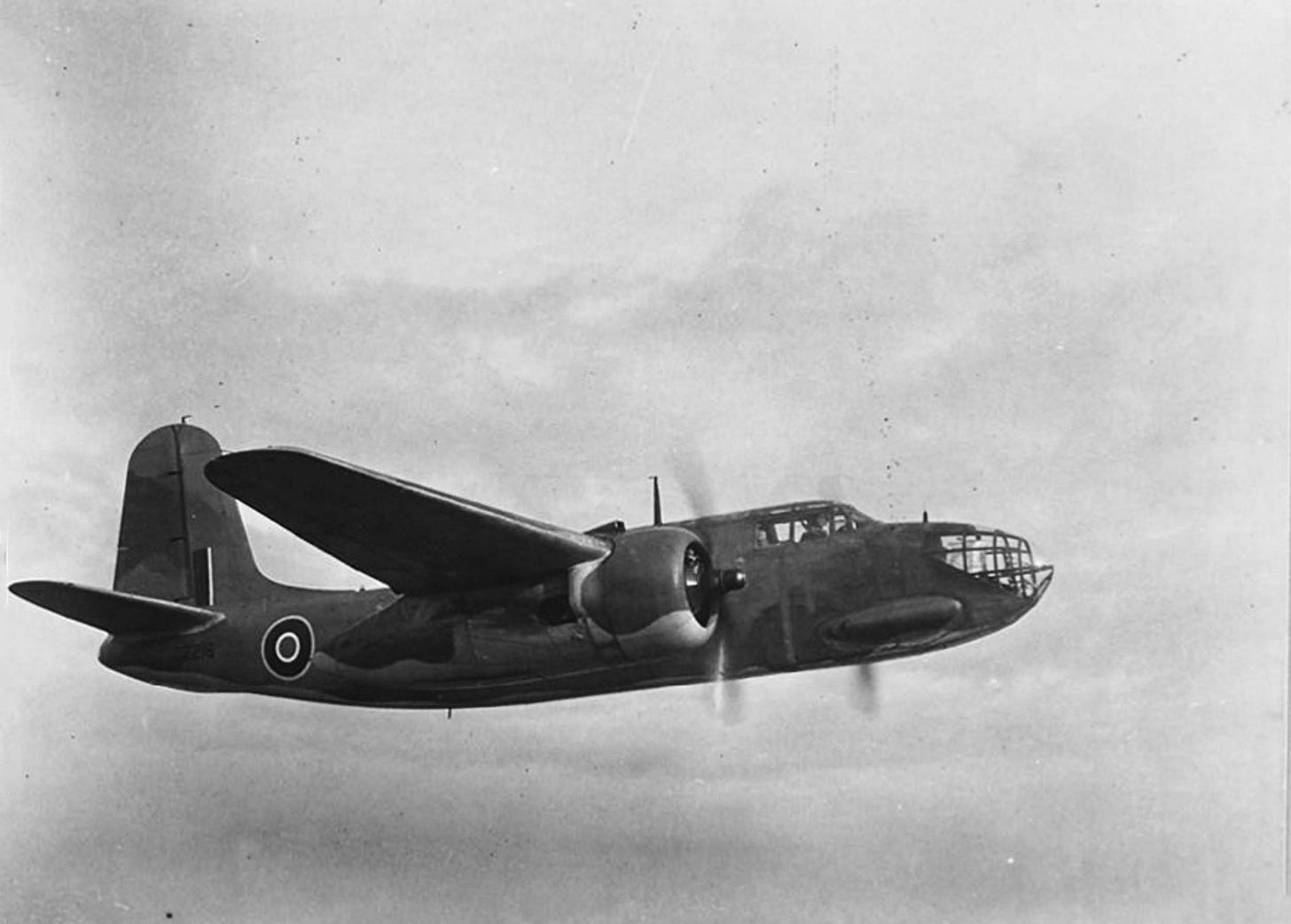RAF low level 'precision' bombing
8th March 1942: The first daylight bombing raid on Paris. New Douglas A-20 Havoc - 'Boston' - bombers flown by 226 Squadron RAF show what is possible


RAF Bomber Command was on the point of pushing most of its resources into Area bombing with the new four engined heavy bombers. But it was also developing a precision bombing capability with light and medium bombers. The first aircraft in this role was the American made Douglas A-20 Havoc. In the RAF this aircraft was known as the ‘Boston’ when used as a bomber - but the night fighter version continued as the ‘Havoc’.
226 Squadron RAF had practising low level bombing - mainly using smoke bombs against exercise targets. On 8th March 1942 they attacked their first enemy target. The Ford Matford lorry factory on the outskirts of Paris was a similar target to the Billancourt Ford Factory, attacked by heavy bombers on the 3rd March. However on this occasion civilian casualties were minimal.
Pilot Officer Peter Saunders was the navigator-observer on a plane closely following a Boston commanded by Wing Commander V.S. Butler DFC, who was leading the raid:
The Wingco swung his Boston round and began to climb. We hung on his tail.
‘Bomb doors open!’ I bawled to Bill.
He yelled back, ‘They’re open!’
We were at bombing height - 400 ft - and levelling out. I had a momentary sight of Paris to the south-east but it was a glimpse only, as we turned. I felt a brief disappointment I could not see more but the Matford works lay ahead and the Wingco was running in. What a perfect target; a huge, long rectangular building lying close to the river bank and a tower nearby with the name ‘MATFORD’ on it. How obliging to mount it there, to help make doubly sure this was our target!
Keep reading with a 7-day free trial
Subscribe to World War II Today to keep reading this post and get 7 days of free access to the full post archives.

